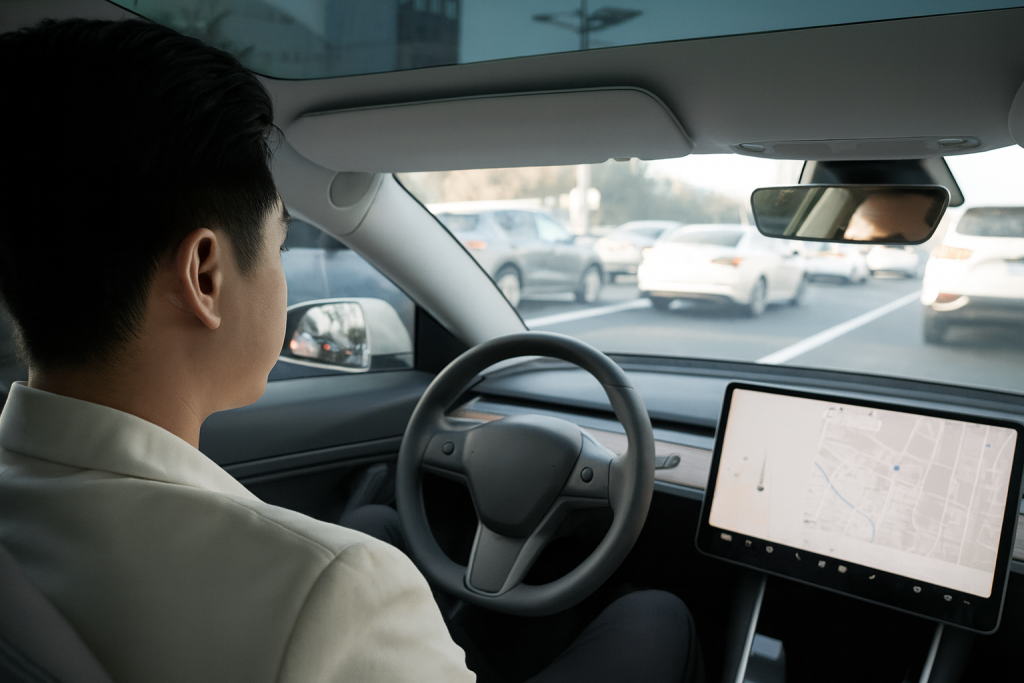
In the last century, technology has rapidly evolved, affecting nearly every aspect of our lives. A new development within this technological revolution is the rise of self-driving cars, which incorporate numerous systems that allow vehicles to operate autonomously. Many people believe that this technology can transport us more safely, as its primary purpose is to reduce accidents. Humans are prone to distractions and errors, whereas programmed technology has been shown to be more consistent and effective. Supporters argue that driverless cars will follow traffic laws, remain attentive, and operate with precision. Driverless cars are important to society because of the many benefits they offer — not only are they functional, but they also provide convenience and efficiency.
As driverless cars continue to advance and evolve into improved models, companies have introduced innovations such as sensors and cameras that allow these vehicles to recognize traffic signs, detect pedestrians, and mimic human-like control of the vehicle. While some people believe these new, luxurious cars are beneficial for the public, others question whether artificial intelligence can be trusted over a human driver in the event of a malfunction. Although this concern is valid, evaluating both perspectives and weighing the pros and cons can help us better understand the future of this technology. Overall, driverless cars have the potential to transform transportation for the better, as long as safety remains a top priority.
Additionally, driverless cars can make roads safer due to their faster reaction times. Over time, as the number of self-driving cars increases, the number of crashes is expected to decrease. Their sensors allow them to detect sudden movement; for example, if a child crosses the street, a driverless car can react within seconds — faster than a distracted human driver who might otherwise cause harm. Another advantage of driverless cars is improved traffic flow. Once these vehicles become more widespread, they will be able to communicate and operate in coordination with one another. This synchronization will lead to fewer traffic jams and smoother transportation. For instance, if every car on the highway maintained a consistent speed and distance, traffic would flow far more steadily.
According to Upfront Scholastic, using driverless cars is a safer option because roughly half of all crashes result from drunk driving, distracted driving, or delayed reaction times. Autonomous vehicles could effectively prevent thousands of deaths by eliminating these human errors. Furthermore, teenage drivers make up about 5% of motorists worldwide and play a crucial role in modern society. Driverless cars could especially benefit teenagers, who are often inexperienced drivers, by reducing the likelihood of accidents.
Driverless cars are one of the most innovative technological advancements of our time, offering proven benefits that should be viewed as tools for progress rather than drawbacks. These self-driven vehicles ensure greater safety than human-operated cars ever could. Prioritizing the improvement of road safety and transportation systems in America will not only reduce fatalities but also create a smoother, more efficient society. Ultimately, driverless cars represent a future defined by safety, comfort, and new opportunities.
By Bryani Velez